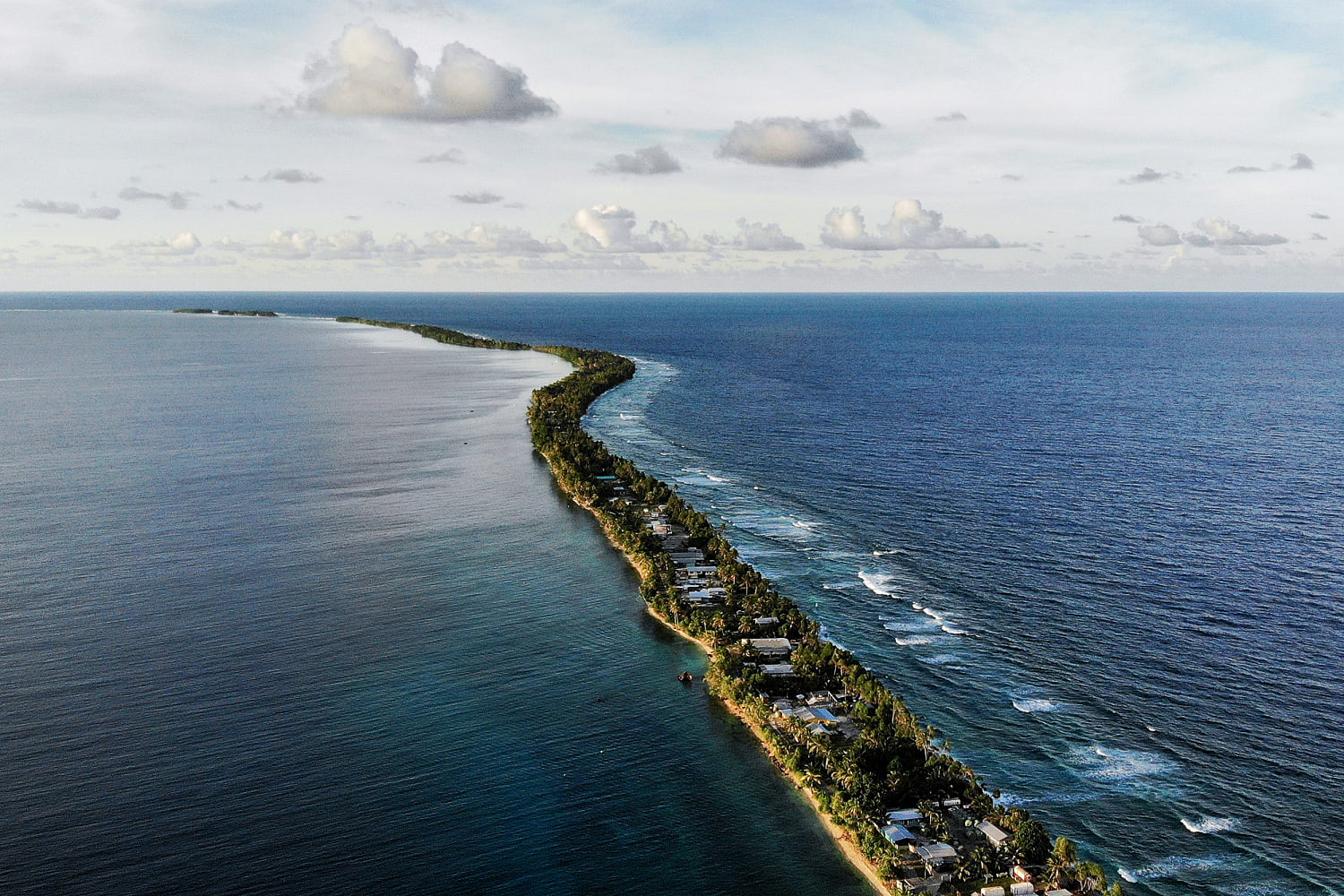Over a 3rd of individuals on sinking Tuvalu search Australia’s local weather visas

A couple of-third of the folks within the tiny Pacific nation of Tuvalu, which scientists predict will likely be submerged by rising seas, have utilized for a landmark local weather visa emigrate to Australia, in keeping with official figures.
Tuvalu’s ambassador to the United Nations, Tapugao Falefou, instructed Reuters on Sunday he was “startled by the large variety of folks vying for this chance”, and the small group was to study who the primary lot of local weather migrants could be.
Tuvalu, one of many international locations at biggest threat from local weather change, which specialists say is boosting sea ranges, has a inhabitants of 11,000 on its 9 atolls scattered throughout the Pacific between Australia and Hawaii.
Since purposes for Australia’s visa lottery opened this month, 1,124 folks have registered, with members of the family bringing the entire looking for the visa to 4,052 underneath the bilateral local weather and safety treaty.
Functions shut on July 18, with an annual cap of 280 visas designed to make sure migration to Australia doesn’t trigger mind drain from Tuvalu, officers stated when the treaty was introduced in 2023.
The visa will enable Tuvalu residents to reside, work and examine in Australia, accessing well being advantages and training on the identical foundation as Australian residents.
“Shifting to Australia underneath the Falepili Union treaty will indirectly present extra remittance to households staying again,” Falefou stated.
By 2050, NASA scientists undertaking day by day tides will submerge half the principle atoll of Funafuti, house to 60% of Tuvalu’s residents, the place villagers cling to a strip of land as slim as 65 toes. That forecast assumes a 1-metre rise in sea ranges, whereas the worst case, double that, would put 90% of Funafuti underneath water.
Tuvalu, whose imply elevation is simply 6 toes 7 inches, has skilled a sea-level rise of 6 inches over the previous three many years, one and a half occasions the worldwide common. It has constructed 7 hectares (17 acres) of synthetic land, and is planning extra, which it hopes will keep above the tides till 2100.

